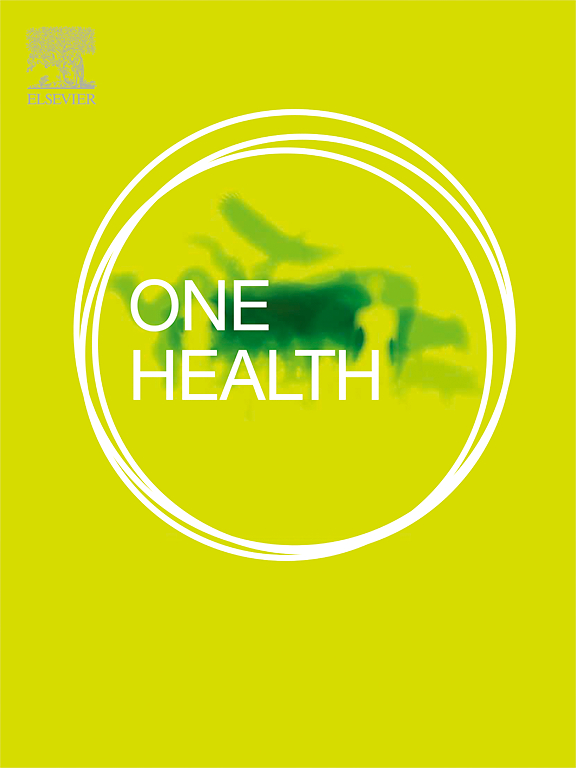Genomic and resistome analysis of Salmonella enterica isolates from retail markets in Yichun city, China
IF 4.1
2区 医学
Q1 INFECTIOUS DISEASES
引用次数: 0
Abstract
Nontyphoidal Salmonella (NTS) causes global outbreaks of foodborne disease. The main source of Salmonella for humans is animal-borne foods; however, the monitoring of Salmonella in the food chain via genomic platforms was limited in China. This study evaluated the prevalence, resistome, and virulome diversity of Salmonella strains identified from pork, retail environment, aquatic products, and poultry eggs of retail markets in Yichun city, Jiangxi province. The overall incidence of Salmonella was 9.4 %, with a higher contamination rate observed in pork at 13.5 %, followed by the retail environment at 7.69 %. The genomic analysis of the isolates revealed a total of fifteen distinct serovars, with serovar Enteritidis being the most prevalent (64.3 %). The phenotypic resistance analysis conducted by the broth microdilution method, revealed that 81.12 % of the isolates exhibited multidrug resistance (MDR), with high resistance to trimethoprim/sulphonamides (100 %), followed by tetracycline (99.3 %) and streptomycin (99.3 %). Genotypic analysis of antimicrobial resistance identified 80 antimicrobial-resistant genes (ARGs), with mdf(A), aph(3′)-Ib, tet(A), dfrA12, floR, blaTEM-1B, qnrS3, and sul2, conferring resistance to different antimicrobial classes, being the predominant ARGs. Additionally, forty ESBL genes, particularly critical genes such as blaCTX-M and blaNDM-1, were also identified in Salmonella isolates. The IncR, IncFIB (K), and IncX1 plasmid replicons were widely prevalent and served as significant reservoirs of horizontally acquired foreign genes. Moreover, key virulence genes such as cdtB, lpf and sef were also detected, in addition to Salmonella pathogenicity islands SPI-1 and SPI-2. This study reveals the prevalence of multidrug-resistant and virulent strains of Salmonella serovars in the markets of Yichuan city, posing a risk of human infections. The gained knowledge provided essential baseline information that may be utilized for regular tracking of MDR Salmonella transmission in the food chain to minimize potential future outbreaks.
求助全文
约1分钟内获得全文
求助全文
来源期刊

One Health
Medicine-Infectious Diseases
CiteScore
8.10
自引率
4.00%
发文量
95
审稿时长
18 weeks
期刊介绍:
One Health - a Gold Open Access journal.
The mission of One Health is to provide a platform for rapid communication of high quality scientific knowledge on inter- and intra-species pathogen transmission, bringing together leading experts in virology, bacteriology, parasitology, mycology, vectors and vector-borne diseases, tropical health, veterinary sciences, pathology, immunology, food safety, mathematical modelling, epidemiology, public health research and emergency preparedness. As a Gold Open Access journal, a fee is payable on acceptance of the paper. Please see the Guide for Authors for more information.
Submissions to the following categories are welcome:
Virology,
Bacteriology,
Parasitology,
Mycology,
Vectors and vector-borne diseases,
Co-infections and co-morbidities,
Disease spatial surveillance,
Modelling,
Tropical Health,
Discovery,
Ecosystem Health,
Public Health.
 求助内容:
求助内容: 应助结果提醒方式:
应助结果提醒方式:


